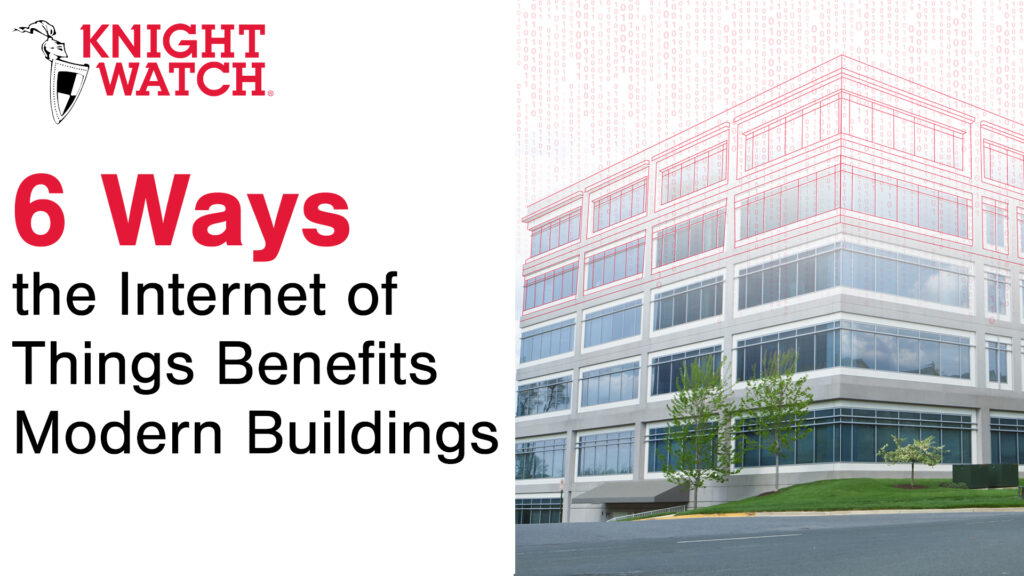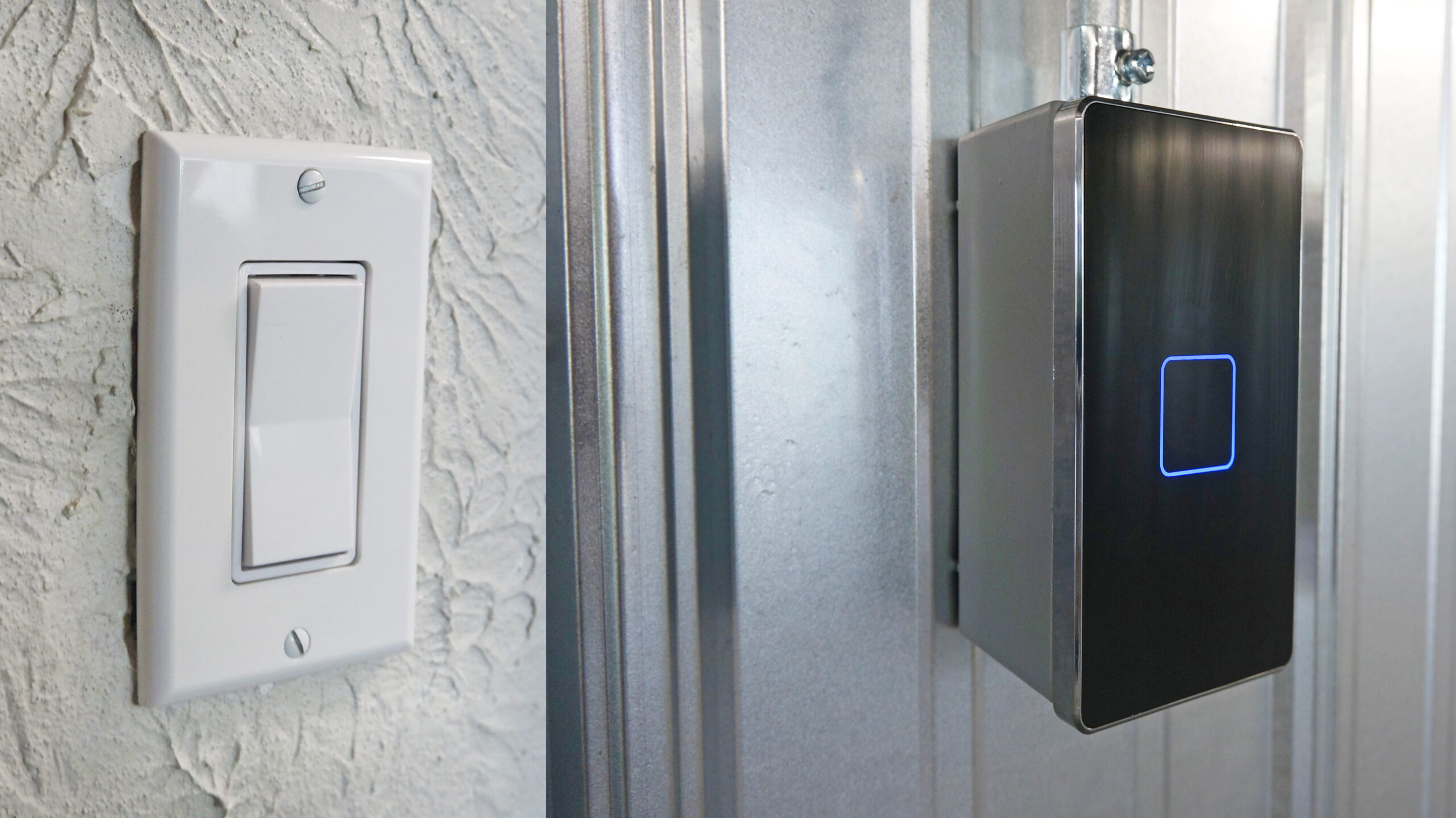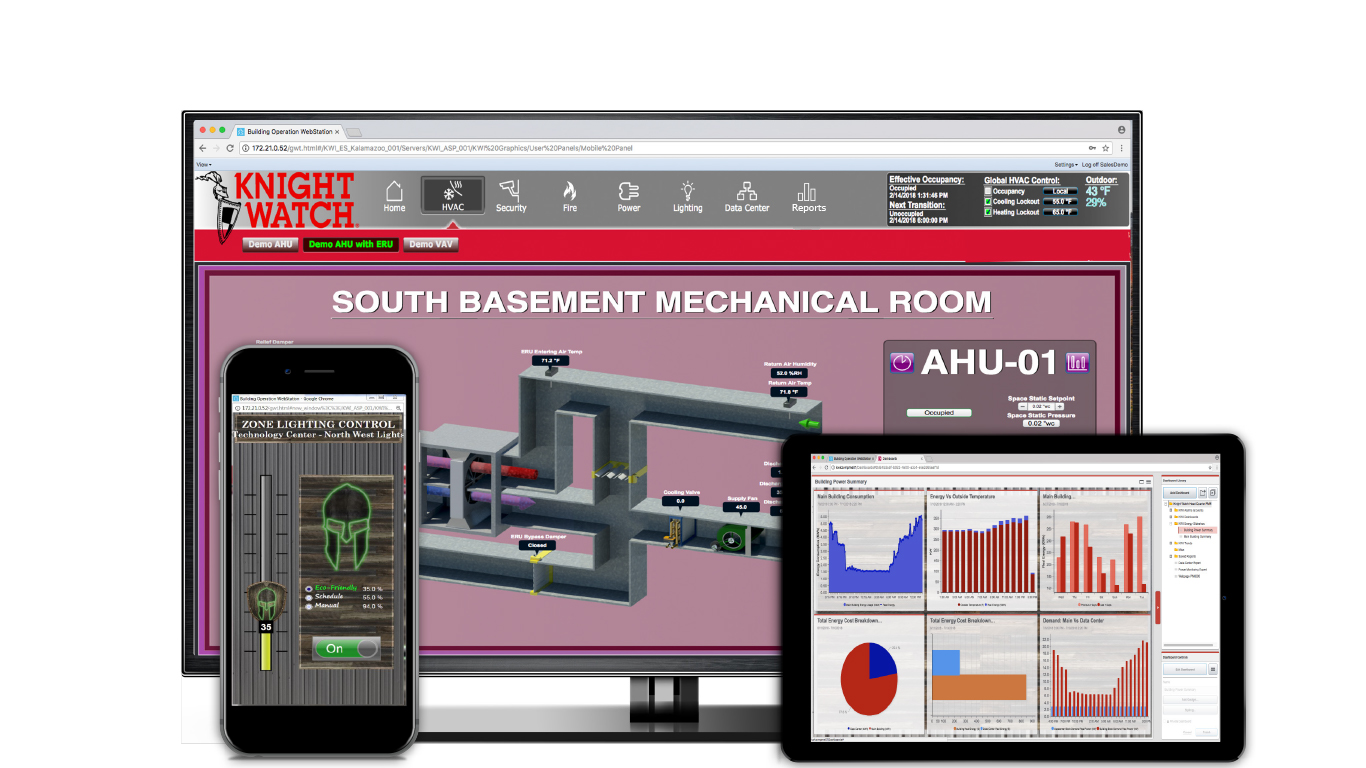
The Internet of Things and Its Impact on the Modern Building
The Internet of Things (IoT) is booming in modern buildings and it’s here to stay. By 2020, experts predict that there will be over 27 billion IoT devices connected to the Internet. By this time, around 40% of the IoT market will be in business/manufacturing buildings.
Increased efficiency, lower costs and improved security are just a few of the benefits the Internet of Things has on buildings. Here is a list of 6 ways the Internet of Things benefits modern buildings.
Vendor Agnostic
Options are always positive – especially when most buildings have an average of 8 different systems. Before the Internet of Things, it was difficult to make systems made by different manufacturers communicate. This limited building administrators’ options of what brands and systems they could choose for their buildings.
With the help of the Internet of Things, there are now more choices than ever. Because devices made by different manufacturers can now become IoT enabled, they can speak with each other. For example, lighting control systems are one of the most common systems in buildings. Traditionally, the process of implementing a lighting system was complicated and costly due to a limited set of options. Administrators would have to put an expensive lighting panel on the wall, take part in training and read an 800-page manual. When it was time to move a light switch, maintenance would be required to spend resources on re-wiring and fixing drywall. Modern IoT light switches don’t need to be paired with the same brand and sometimes don’t need a power source or wiring. Simply choose which light switches you want and put them on the network, regardless of their brand.

Open Universal Accepted Communication Protocols
The Internet of Things allows devices to speak languages they couldn’t before, such as HTTP, MQTT and TCP/IP. These languages increase the communication efficiency between building automation and security systems. For example, MQTT solves the problem of wasted information constantly communicating to end users. The concept of MQTT works a lot like the social media platform Twitter. With MQTT, you “subscribe” to information systems share when they make an update. Instead of thermostats sending signals to users with the same temperature over and over, the thermostats only send the temperature when there is a change.
Web Services
Secure Communication
One of the main concerns building owners and IT professionals have with building automation systems is network security. With news stories frequently popping up about network breaches, tools to improve these risks are being developed daily. Luckily with IoT, building owners don’t have to worry about these threats.
Web-Based
As the name implies, the Internet of Things enables devices to become completely web-based. This offers a new level of accessibility to adjust and monitor systems on and offsite. In this day and age, it is uncommon for a device to not come with a way to take control from the web. Systems found in buildings are beginning to follow the same trend. If lighting or access control needs to adjust when a user is offsite, they simply have to get on the web and go.

